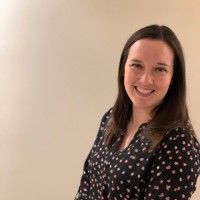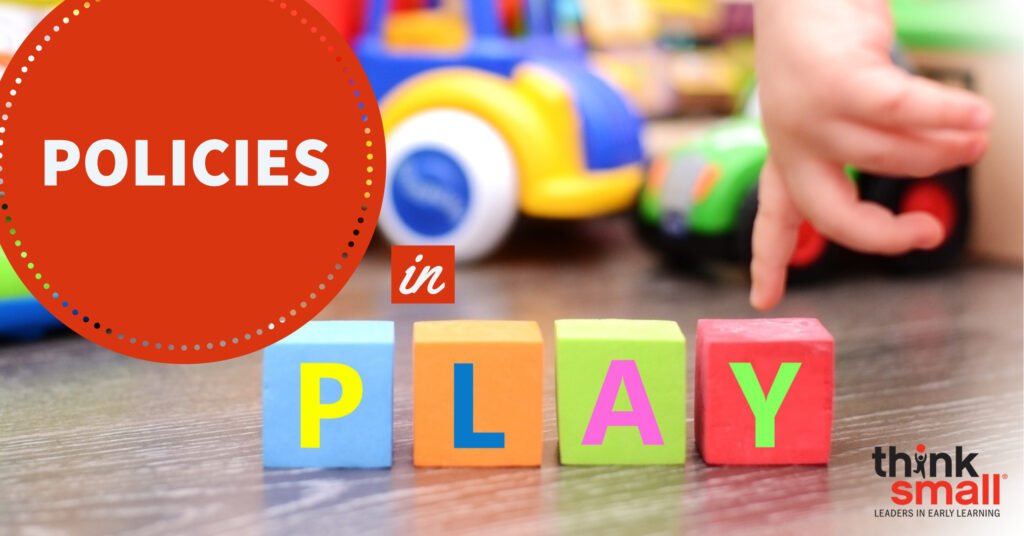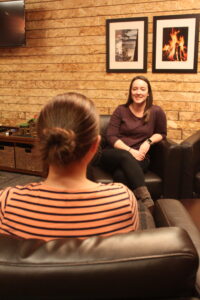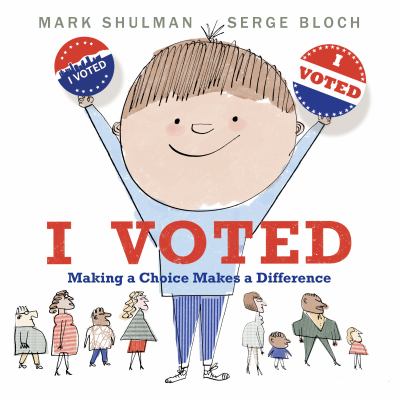Early Learning Scholarships allow children ages 3-5 from low-income families to attend high-quality early learning programs. During the 2017 legislative session, lawmakers made a change to allow children 0-5 from certain groups to access the scholarships on a priority basis. One of the priority groups is children experiencing homelessness.
 To find out what this change looks like in action, we visited People Serving People in Minneapolis. People Serving People is the region’s largest and most comprehensive family-focused homeless shelter. The average age of children at the shelter is six, so staff have extensive experience working with very young children.
To find out what this change looks like in action, we visited People Serving People in Minneapolis. People Serving People is the region’s largest and most comprehensive family-focused homeless shelter. The average age of children at the shelter is six, so staff have extensive experience working with very young children.
Emma Juon, Educational Services Manager at the emergency shelter, said they are already seeing the impact of the recent change. Some children weren’t able to access scholarships after leaving the shelter because they were too young. Now all children under five are eligible. This helps set them up for success.
“Before there were so many families that were discounted for it because their kids were two and under, three and under, but now they all count,” said Juon.
Once children receive an early learning scholarship, they are able to stay on it until kindergarten as long as they renew it each year. This continuity is extremely beneficial for children who have experienced the disruption and trauma of homelessness.
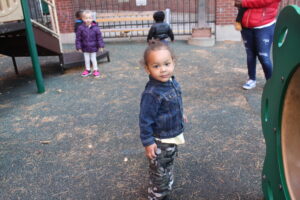 The flexibility of the scholarship is crucial. When families move out of the shelter, they have different schedules and needs. The scholarship allows them to choose what works best. While it stabilizes the child’s schedule, it is also helpful for the parents to have a reliable and consistent place to leave their child while at work.
The flexibility of the scholarship is crucial. When families move out of the shelter, they have different schedules and needs. The scholarship allows them to choose what works best. While it stabilizes the child’s schedule, it is also helpful for the parents to have a reliable and consistent place to leave their child while at work.
Watch a short video clip of Emma Juon discussing what the changes will mean for families at People Serving People.
The recent change is reaching the children and families who need it, and Juon is encouraged by its effectiveness. However, there is more demand. The current funding does not cover the total need.
“More funding for scholarships means that we can help more families get on those scholarships – more families experiencing homelessness can have their child on a scholarship from age 6 weeks until they go to kindergarten,” said Juon. “We unfortunately don’t have the space in our onsite center to take in all the children, even in our own shelter, so more funding means that we can hook up more families with Pathway I money so they can go out into the community and access high quality early learning.”
By Marie Huey, Public Policy and Advocacy Coordinator
